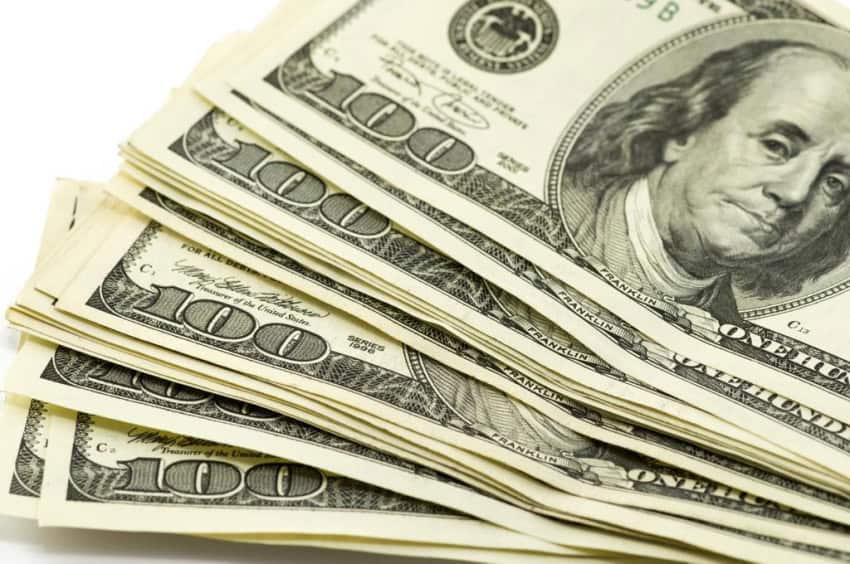TOKYO (APP) – The dollar struggled to recover Thursday after diving on comments from the US Federal Reserve that cooled expectations of an early summer interest rate hike.
In Tokyo, the greenback briefly fell below 120 yen before ticking up to 120.22 yen by midday, well down from 121.35 yen level in Tokyo before the US central bank’s announcement.
The euro changed hands at $1.0809 and 129.92 yen, down from $1.0871 and 130.54 yen in New York but still well above $1.0595 and 128.57 yen in Asia on Wednesday.
While the US central bank opened the door for a rise from six years of zero percent rates, it lowered its forecasts for economic growth and inflation and stressed it would remain cautious before making any move.
“It’s fair to say we now have somewhat stronger doubt that Fed rates ‘lift-off’ will begin a early as June, than we did heading into the FOMC (Federal Open Market Committee)” meeting, National Australia Bank said.
“The key takeaway is that (Fed chief Janet) Yellen has successfully established in the market’s mind the data, rather than date, dependency of Fed policy.”
After a two-day meeting, the Fed on Wednesday issued a statement that removed a pledge to remain “patient” on raising interest rates, signalling a possible mid-year rate increase.
However Yellen stressed growth prospects were more muted than three months ago, despite strong increases in jobs creation. She noted consumer spending has slipped, inflation has declined, wages are flat, and the stronger dollar has hurt US exports.
The policy committee lowered its rate outlook to 0.5-0.75 percent for the end of this year from 1.0 percent previously, while also reducing its 2016 forecast to 1.75-2.5 percent from 2.5 percent.
“Just because we removed the word patient from the statement doesn’t mean we’re going to be impatient,” Yellen told reporters.
Markets have been focusing on the Fed’s timing for a rate hike — a plus for the dollar — with Yellen’s comments giving much-needed relief for the euro, which has been hammered by the European Central Bank’s new stimulus programme.
While some analysts pegged the dollar to fall further, loose monetary
policy in major economies was likely to stem its losses, said Sebastien Galy, a senior currency strategist at Societe Generale.
“The dollar will resume its uptrend vs G10 in the next few weeks driven by the pressure of negative interest rates elsewhere,” he wrote in an e-mail, according to Bloomberg News.














